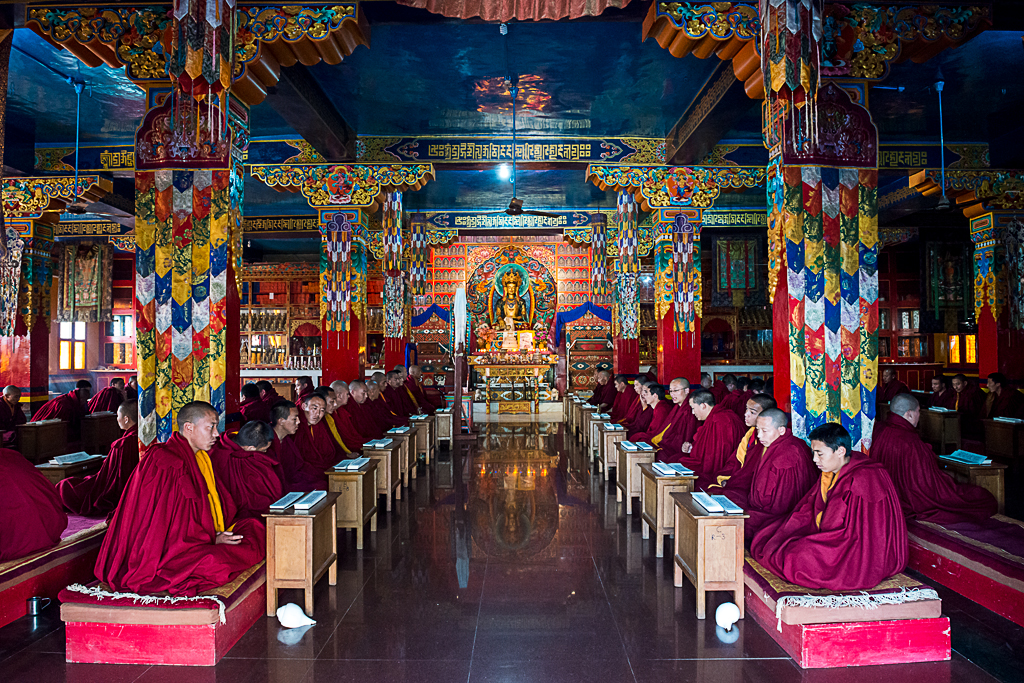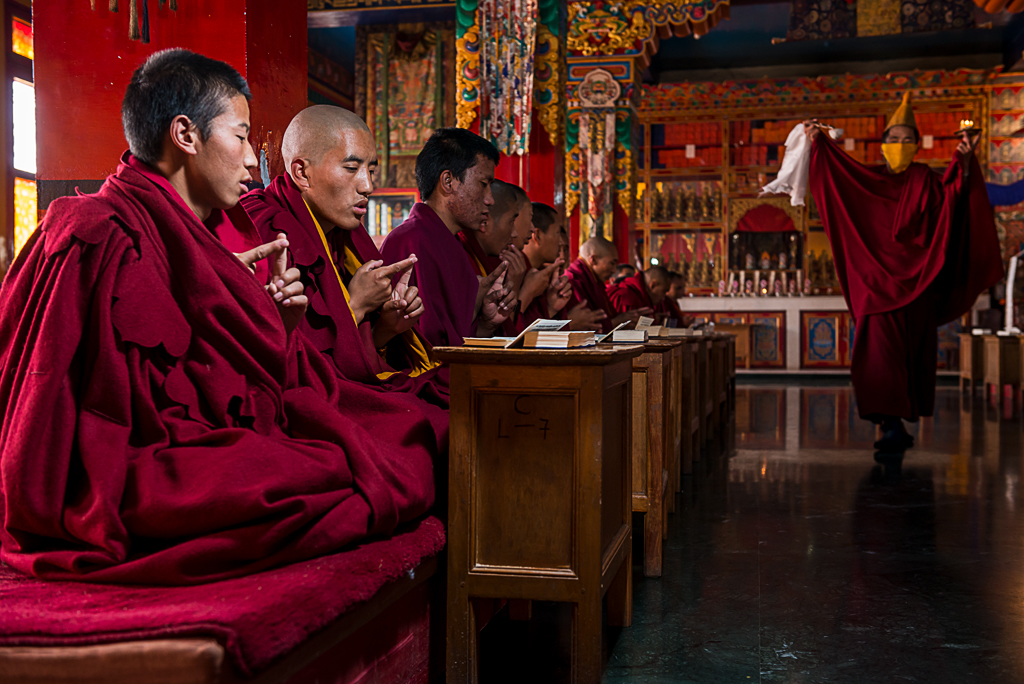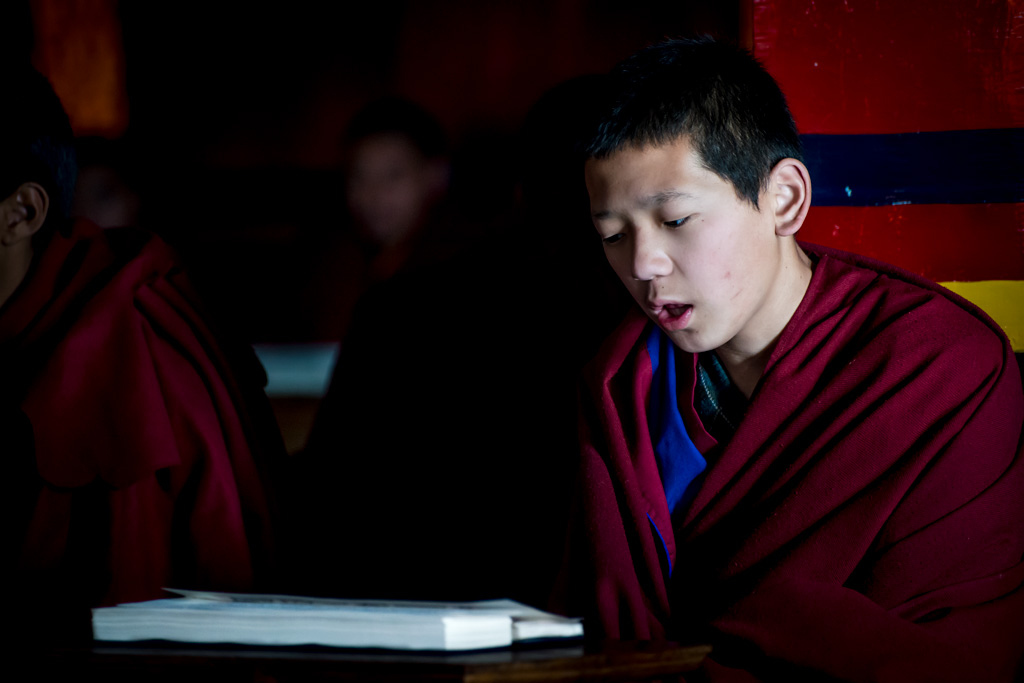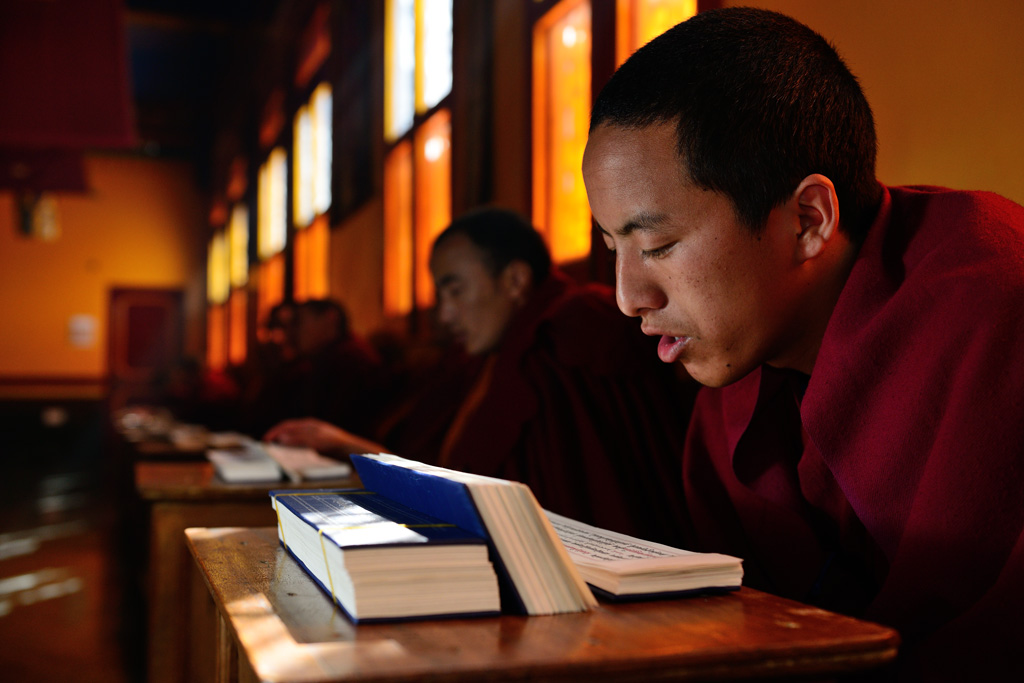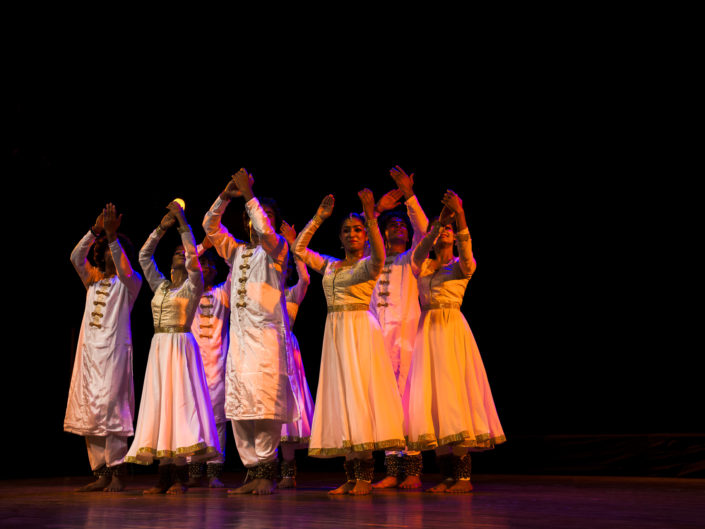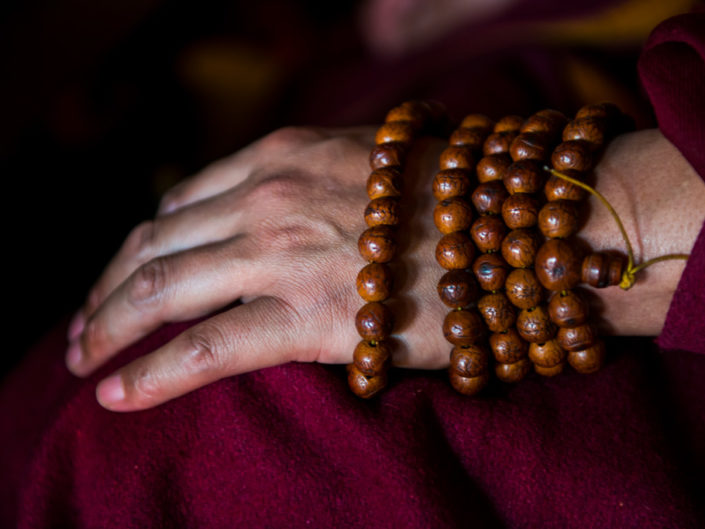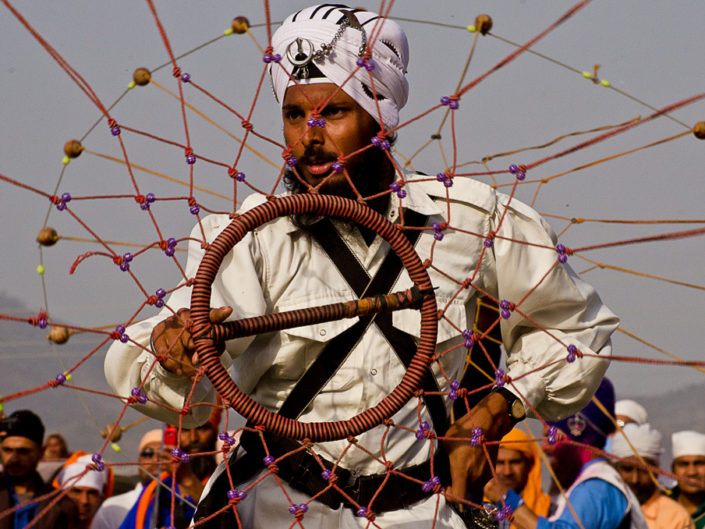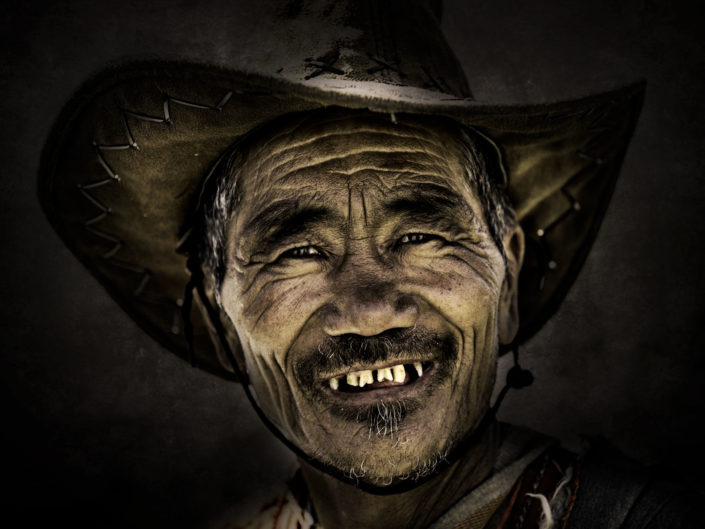The Fifth World
Bon is considered to be the Pre-Buddhism tradition of Tibet.
We often talk about the 4 Tibetan traditions of Buddhism – Nyingma ,Kagyu,Sakya & Gelug. However there is one more significant Tibetan tradition which is called Bon. In fact Bon is considered to be the Pre-Buddhism tradition of Tibet. Recently I visited the Tibetan YungDrung Bon Monastery at Dolanji. Founded by Lungtok Tenpai Nyima and Lopon Tenzin Namdak, it is also called the Menri Monastery situated in Solan district of Himachal Pradesh, India. In its historical literature, the organized Bon religion traces itself from Tonpa Shenrab , a teacher from the fabled land of Olmo-lungring on the eastern edge of Tagzig, who brought it to Zhang-zhung in the remote, distant past. Zhang-Zhung was an ancient kingdom with its capital in western Tibet near the sacred Mount Kailash. The four Buddhist sects share the same set of monastic vows from India, Mulasarvastivada. Bon has a slightly different set of vows. A prominent difference is that Bonpo monastics take a vow to be vegetarian.
The monastics of all traditions shave their heads; remain celibate; and wear the same maroon sleeveless habit, with a skirt and a shawl. Bon monastics merely substitute blue for yellow in the central panels of the vest. There are other differences such as circumambulating counterclockwise rather than clockwise. The Bon morality is a little stricter than the four Buddhist sects. After the Tibetan upraising which began on 10th March 1959, at Lhasa, the capital of Tibet, many Tibetan fled their homeland and came to India. A group Bonpo Lamas gathered in Kullu-Manali. From mid seventies resolute efforts were made to establish them with a proper refugee settlement. In the year 1967 with the settlement with Government of India, about 70 families shifted to Dolanji and Tibetan Bonpo Foundation was registered. The main temple foundation were laid in 1969 and was completed in 1978. The whole monastic complex is embraced under the name of Bonpo Monastic Centre and forms a part of Tibetan Bonpo Foundation. The main purpose of the Monastic centre is to pursue the strict monastic life, education of monks, and performance of religious ceremony. Born in 1929 in Tibet, His Holiness Menri Trizin is the spiritual head of the Tibetan Bon religion as the 33rd Abbot of Menri Bon Monastery.Most people speak of Tibet as having four traditions with Gelug being the reformed continuation of the earlier Kadam tradition. However, His Holiness emphasized the importance of adding the pre-Buddhist Tibetan tradition of Bon to the four and always speaking of the five Tibetan traditions. He explained that whether or not we consider Bon a Buddhist tradition is not the important issue. The form of Bon that has developed since the eleventh century of the Common Era shares enough in common with the four Tibetan Buddhist traditions for us to consider all five as a unit. Even His Holiness always speaking that The Bon is the indigenous, native religion and cultural of the Tibet.


